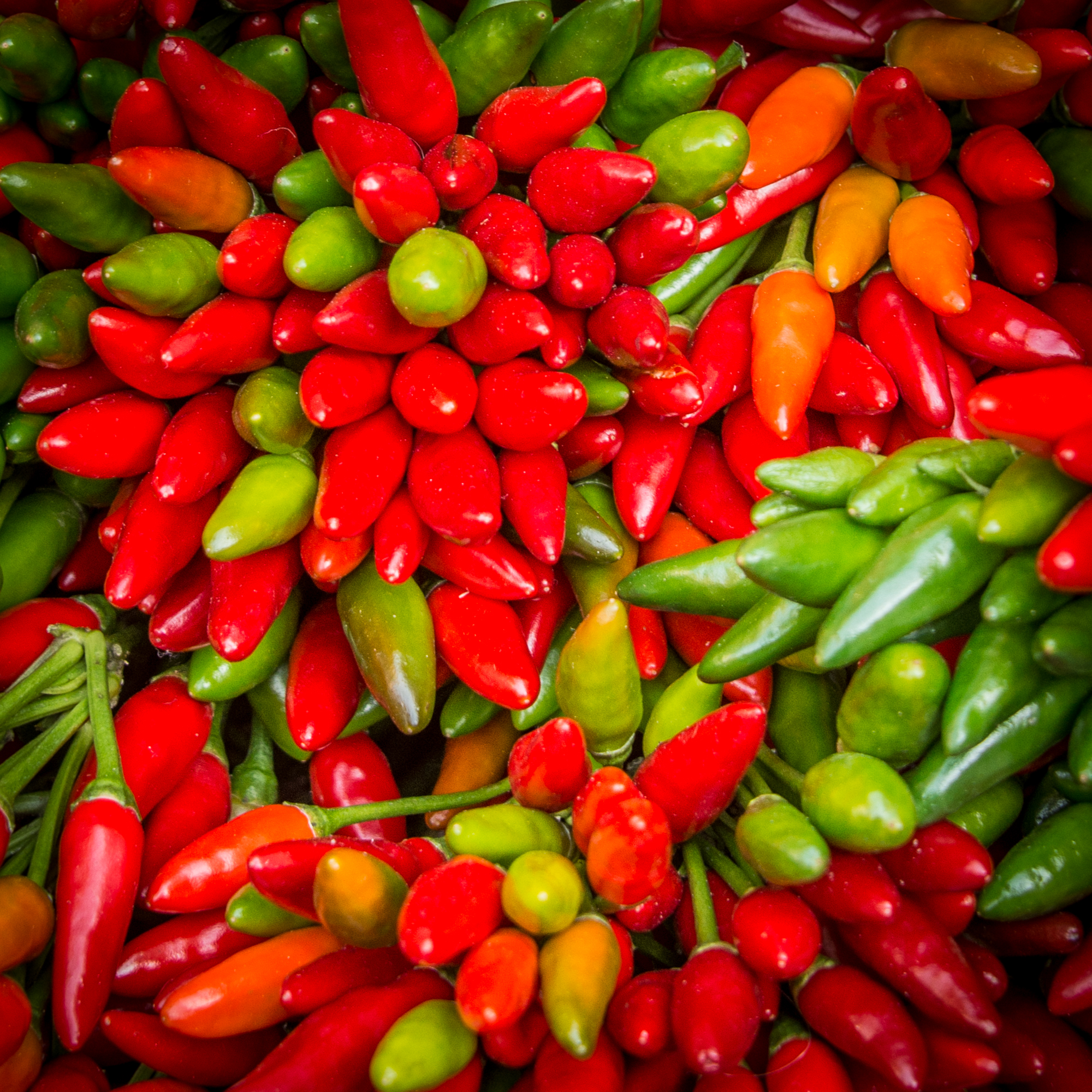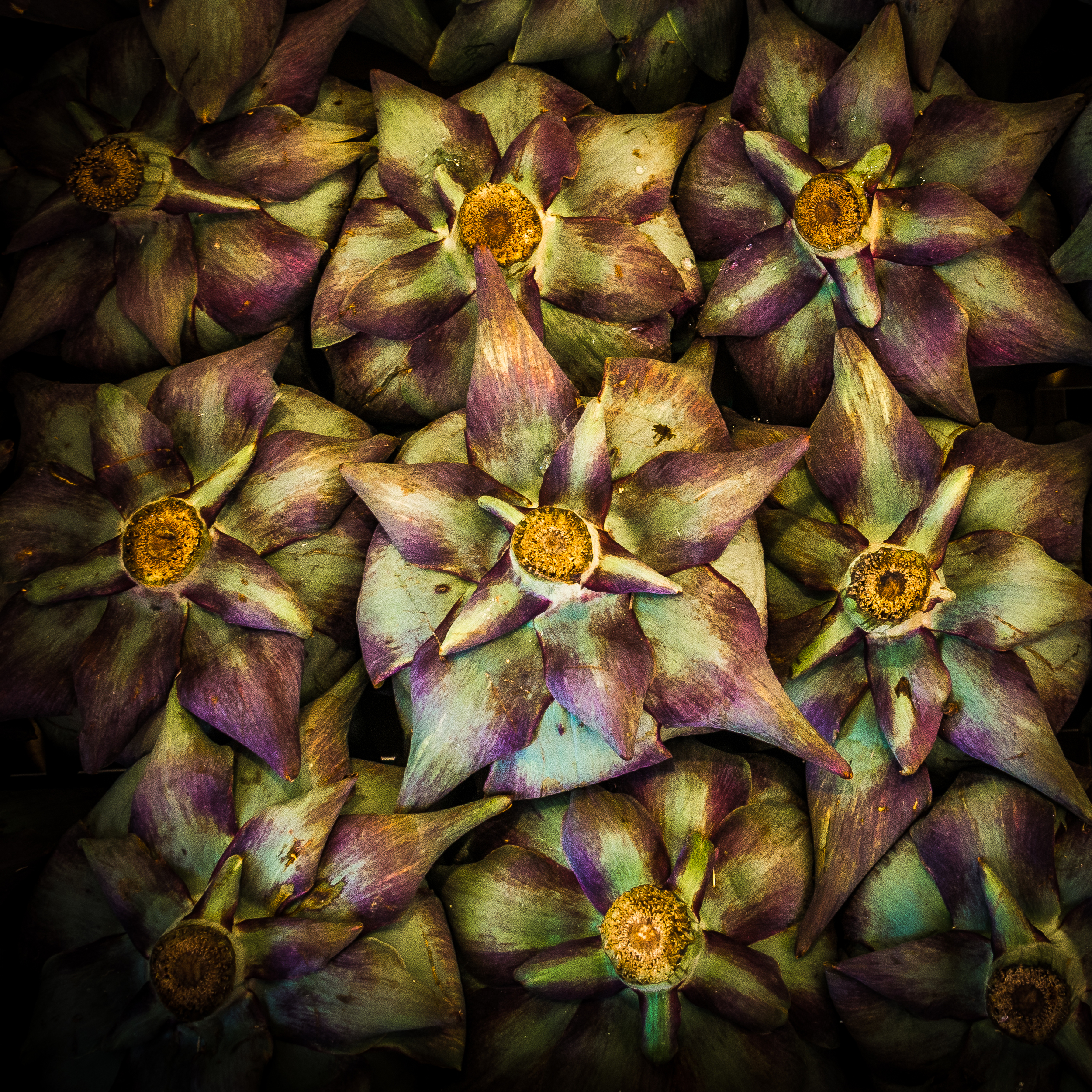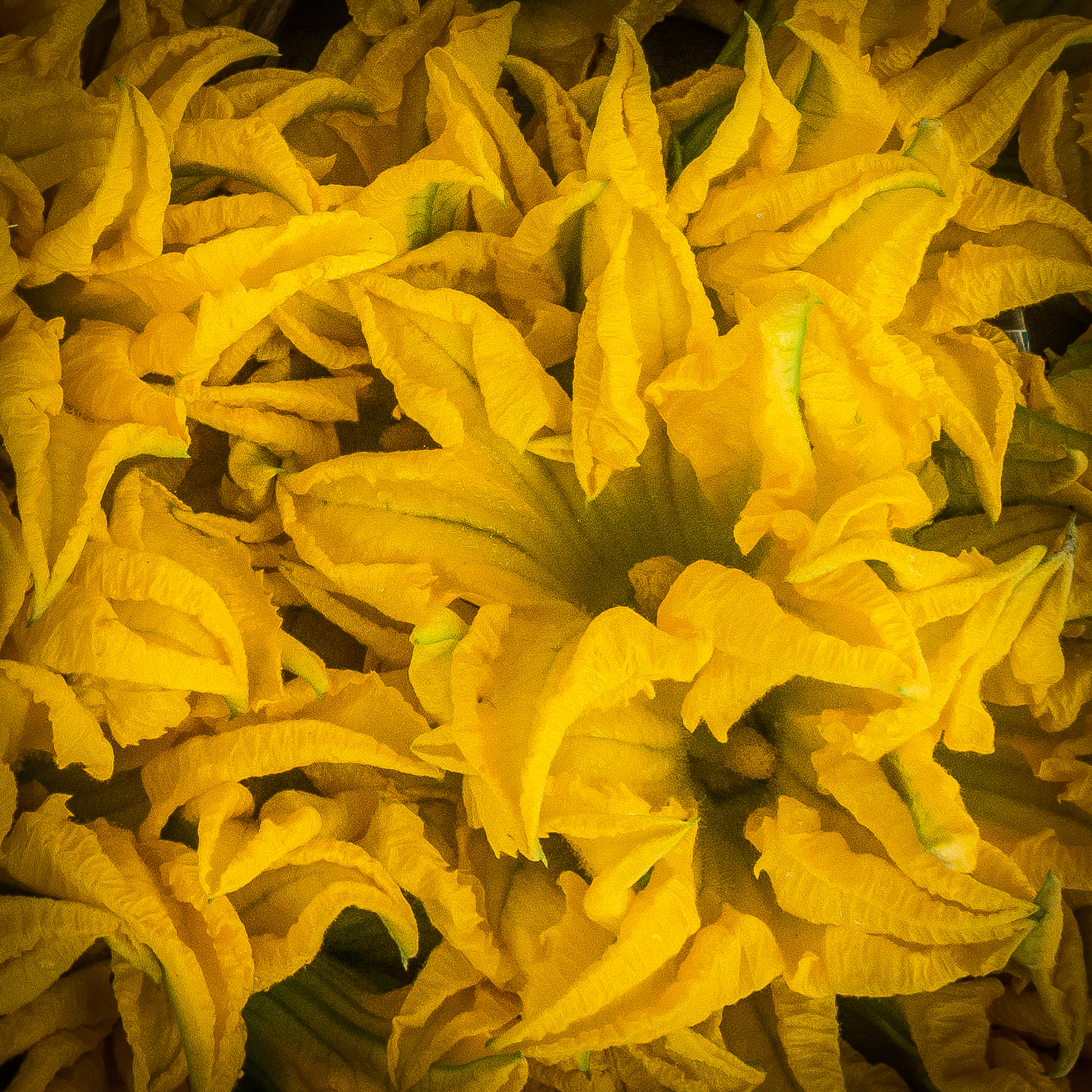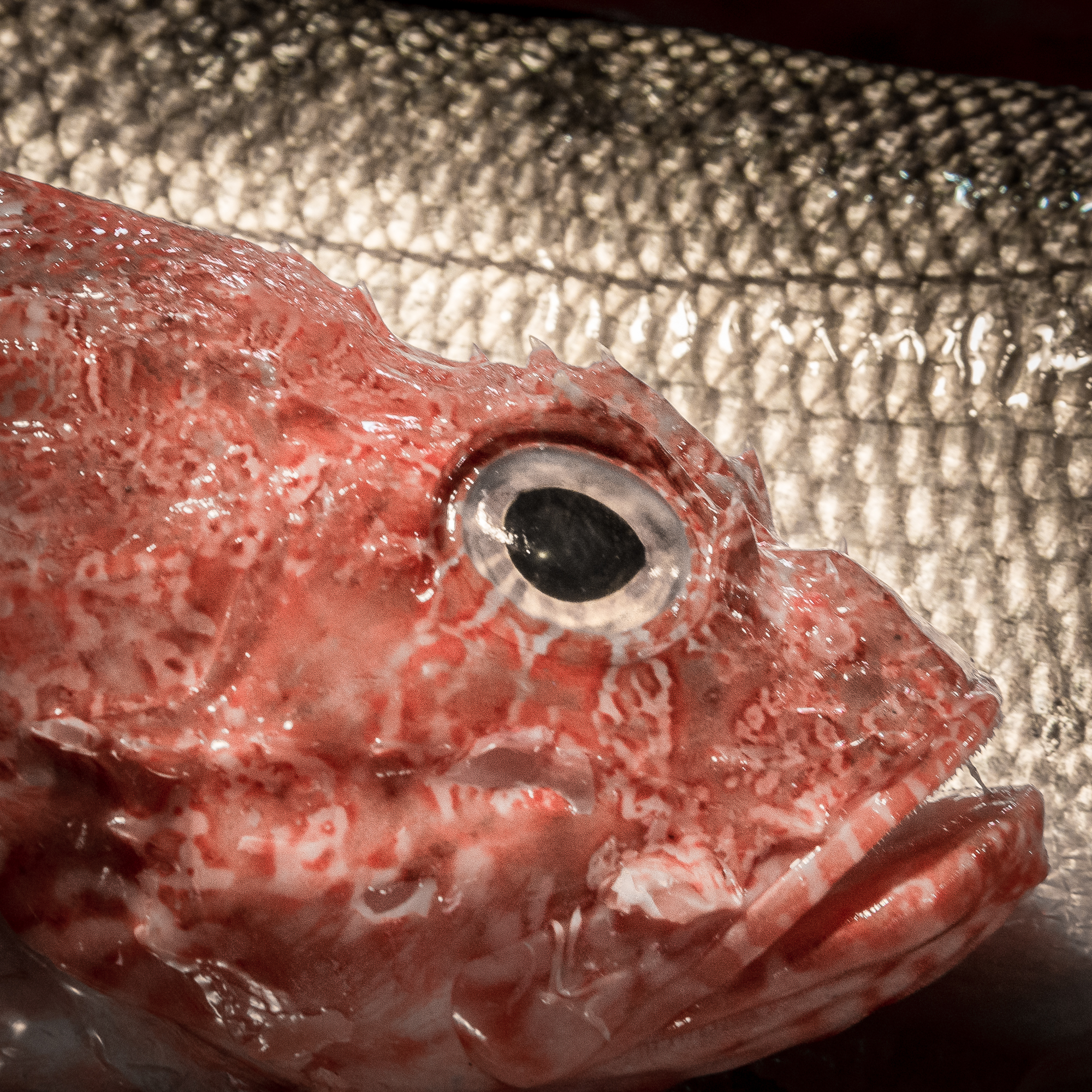Graffiti is pretty much a world-wide problem. I’ve seen it everywhere I’ve been.
“Fool’s names like fool’s faces, always seen in public places”
In only one instance did I not find it objectionable, and that was along the parts of the ‘fallen’ Berlin Wall which had not actually fallen. Those who had to live behind that hideous façade had all the right in the world to express their displeasure with it, to decorate it as a way to rebuke it in its defeat.
The original graffiti'd school entrance - two photos stitched together in Photoshop
I was really put off by the graffiti on the very old entrance door in Rome, as seen in the photo to the right. What this doorway serves is the Veneto & Triste Elementary School.
I can’t imagine what draws one to ‘tag’ structures. Though some graffiti artists are really quite talented, it seems that other surfaces could be found where their work would be welcomed, and commissions sought for their talents.
Graffiti is Nothing New
My earliest remembrance of graffiti was on a vacation while we were returning to Texas from Disneyland when I was 10 years old.
While we were stopped at a road-side park (we now just call them rest areas) overlooking a large expanse of west Texas, scratched into the woodwork was someone’s name and address (the address part was pretty stupid, wasn’t it, when one is defacing public property).
My mother had purchased several postcards during our trip so she whipped one out, addressed it, put a stamp on it and mailed it later. On it she had written the following message (from a Burma Shave sign set, I believe): “Fool’s names like fool’s faces, always seen in public places”. And then, “Please do not write on our road-side parks”. See, I was listening to my mother after all! And that learning moment stuck with me.
Transforming the Roman Graffiti'd Door
My first impression was to pass bye the door that you see above, but then I thought, ‘Hey, why not document it as a kind of juxtaposition of the old and new?”. I really hate to put quote marks around that thought because I’m not entirely certain that those were my exact thoughts…but its close, OK?
By the way, that photo above is actually a combination of two photos, one of the lower part of the entrance and one of the upper part of the entrance...the two were stitched together in Photoshop.
To accentuate the timeworn doorway surround, I gave it a good bit of texture and then I darkened it a bit.
Timeworn entrance to elementary school
At this point, I was just about through, but then I realized I had one more task.
The two don’t-do-it signs (‘no parking – allow free access’ and ‘no parking at night’) and the poster announcing that this is also a ‘primary school’ or kindergarten did not fit my nearly-ancient mindset for this door, so I got rid of them.
Then I noticed the plaque above the door with the historic ‘SPQR’ reference, which stands for Senatus PopulusQue Romanus, or ‘the Roman Senate and People’. No, this door isn’t that old…SPQR is used by the municipal government of Rome today to kind of say, “This is a municipal property”. Anyway, when I saw that plaque, I decided to accentuate it a bit by lightening it.
Final entrance with juxtaposition of old and new
So, there’s the final product. It’s not a photo that I would hang in my house, and it isn’t on my website, but I enjoyed working on it to transform it into the juxtaposition of old and new.
As always, feel free to leave a comment.
Ciao for now,
Steve























































